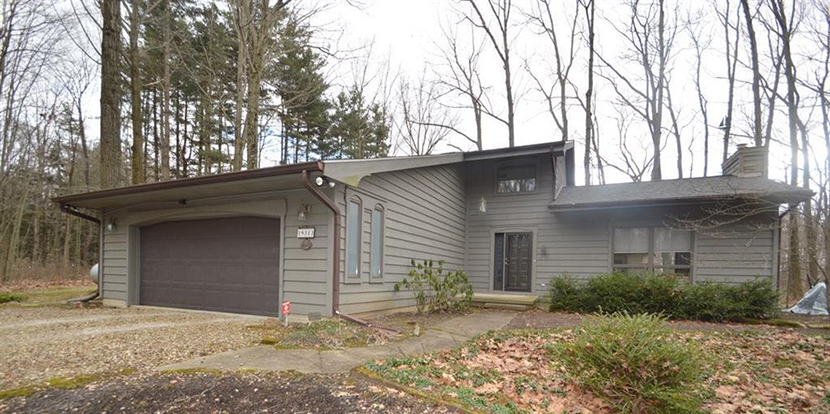
Homebuyer Interest in Rural Areas Rises—But Prices Up Everywhere

(Home listing in Litchfield, Ohio, courtesy Redfin.)
Okay, so we’ve heard anecdotally that expensive cities such as San Francisco and New York are “emptying out,” fleeing coronavirus-infested cities for wide-open spaces. So, where are they going?
Redfin, Seattle, found strong demand not only for the suburbs, but rural areas as well. Redfin reported the median sale price for homes in rural areas nationwide increased by 11.3% year over year in the four weeks ending August 2; it rose 9.2% in suburban areas.
Redfin Economist Taylor Marr said there’s more demand—and less supply—for rural and suburban neighborhoods than cities as the pandemic influences homebuyer preferences. Homes in rural areas have had higher price growth than suburban and urban areas since April. Still, he noted, prices are also up by 6.7% in urban areas.
“We’ve been speculating about increasing interest in the suburbs and rural areas since the start of the pandemic,” Marr said. “Now we’re seeing concrete evidence that rural and suburban neighborhoods are more attractive to homebuyers than the city, partly because working from home means commute times are no longer a major factor for some people. And due to historically low mortgage rates, interest is turning into action.”
Marr said some buyers will “always choose the city because their jobs don’t allow for remote work or they place a premium on cultural amenities such as restaurants and bars—which will eventually come back—but right now the pendulum is swinging toward farther-flung places.”
The report said the pandemic has caused 13% of homebuyers to search for homes in a different area than originally planned, according to a survey of more than 1,000 people who plan to buy a home within the next 12 months conducted by Redfin from July 19-21. Redfin asked those 140 buyers two questions: 1) What best describes where you were searching for a home before the onset of the pandemic, and 2) What best describes where you’re now searching for a home?
Results indicate that interest in rural areas and suburbs is up and interest in urban areas is down. Most (59%) respondents indicated that they’re searching for a home in the same type of area as they were before the pandemic, with the most common combination of answers (30%) being suburban before and suburban now, though those respondents are likely searching in a different suburb or an entirely different metro area.
Of respondents who are now looking to move to a different type of area, the most common combination was that of people searching for a home in an urban area before and a suburban area now, with 19% selecting that pathway.
“The outsized interest in rural areas and suburbs is likely due to the coronavirus-driven desire for more indoor and outdoor space and the prevalence of working remotely,” Redfin said.
The survey also said the pandemic has caused 21% of homebuyers to want a designated place to work from home and the same share to want more outdoor space. The typical home that went under contract last month in a rural or suburban neighborhood is more than 1,800 square feet versus about 1,500 square feet for the typical urban home.
Redfin also reported home sales in rural areas were almost flat from last year (-0.9%) during the four weeks ending August 2, compared to a 4.7% dip in suburban neighborhoods and an 8.9% decline in urban areas. Pending sales of homes in rural areas were up 6.3% year over year in the four weeks ending August 2, compared with 9.1% for suburban neighborhoods and 5.6% growth for urban areas.
Home supply in rural areas was down 37.9% year over year and down 31.8% in the suburbs during the four weeks ending August 2, compared with a 21.3% decline in urban areas.
New listings in rural areas fell 14.2% year over year, and they dropped 3.6% in suburban neighborhoods. In urban areas, new listings were flat from last year, up 0.5%, further evidence that demand is outpacing supply in the suburbs more than the city and an indication that current homeowners in rural areas are more content with their living situations than current homeowners in urban areas.
Whether or not the trend will last remains to be seen. Darlene Schror, a Redfin agent in northern New Jersey, said some newly remote workers from New York who are buying properties in more rural areas such as Warren County, N.J. and Sussex County, N.J., could catch “post-COVID buyer’s remorse.”
“Post-pandemic, buyers may realize that while their new neighborhoods make for a nice weekend getaway, the long commute may become unsustainable should things go back to normal,” Schror said. “And they’ll miss city amenities like high-quality restaurants, shopping centers and walkability.”
